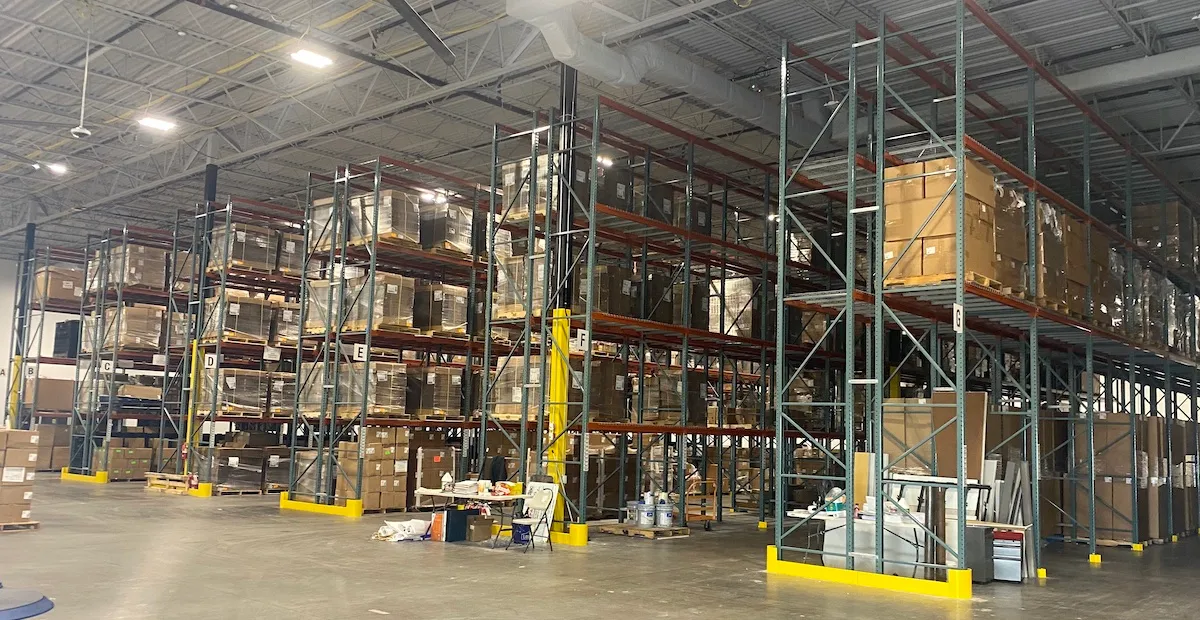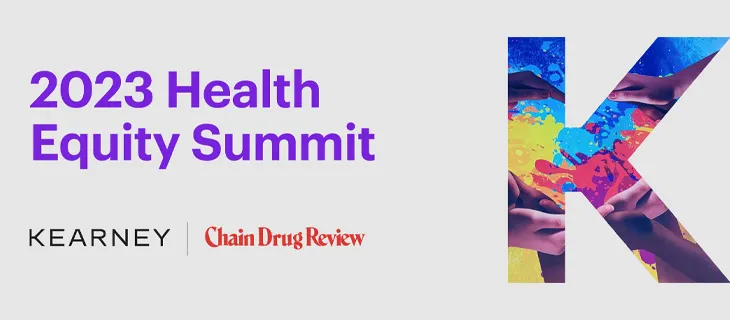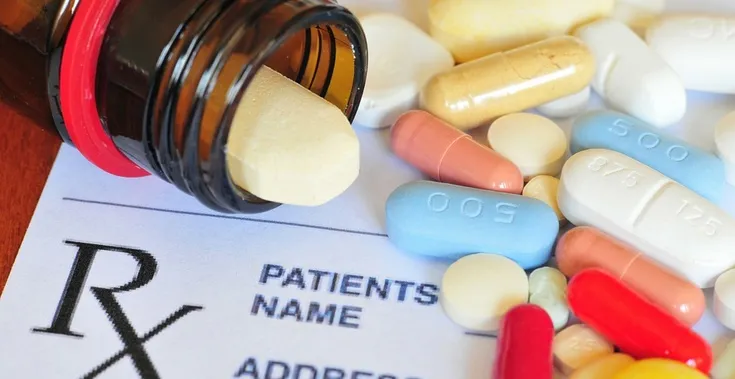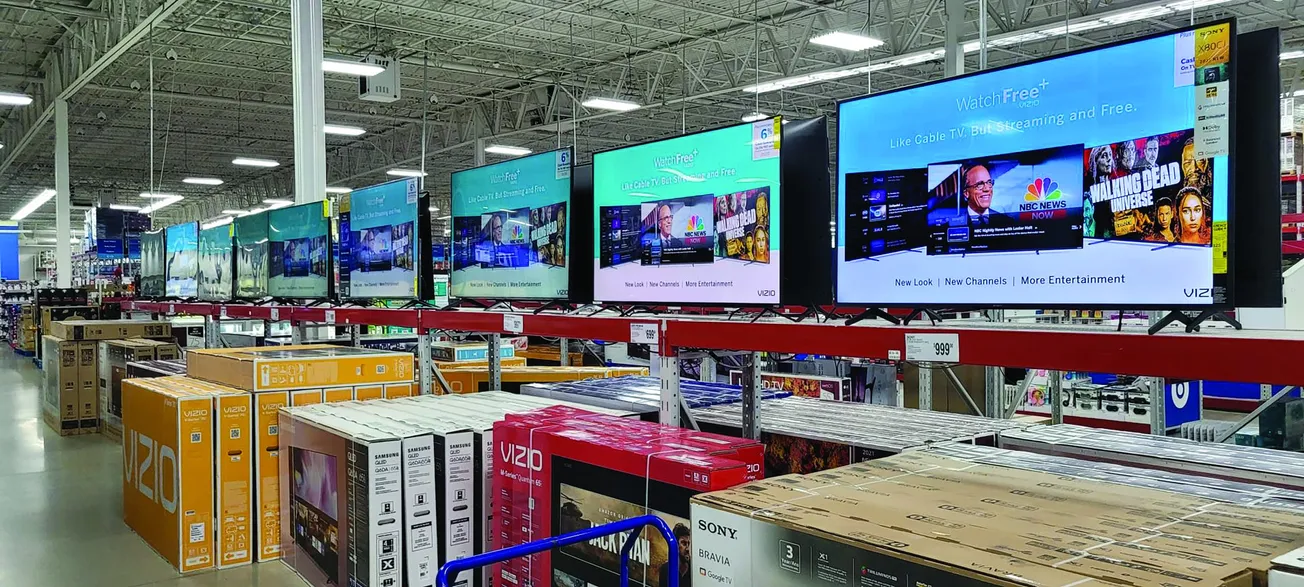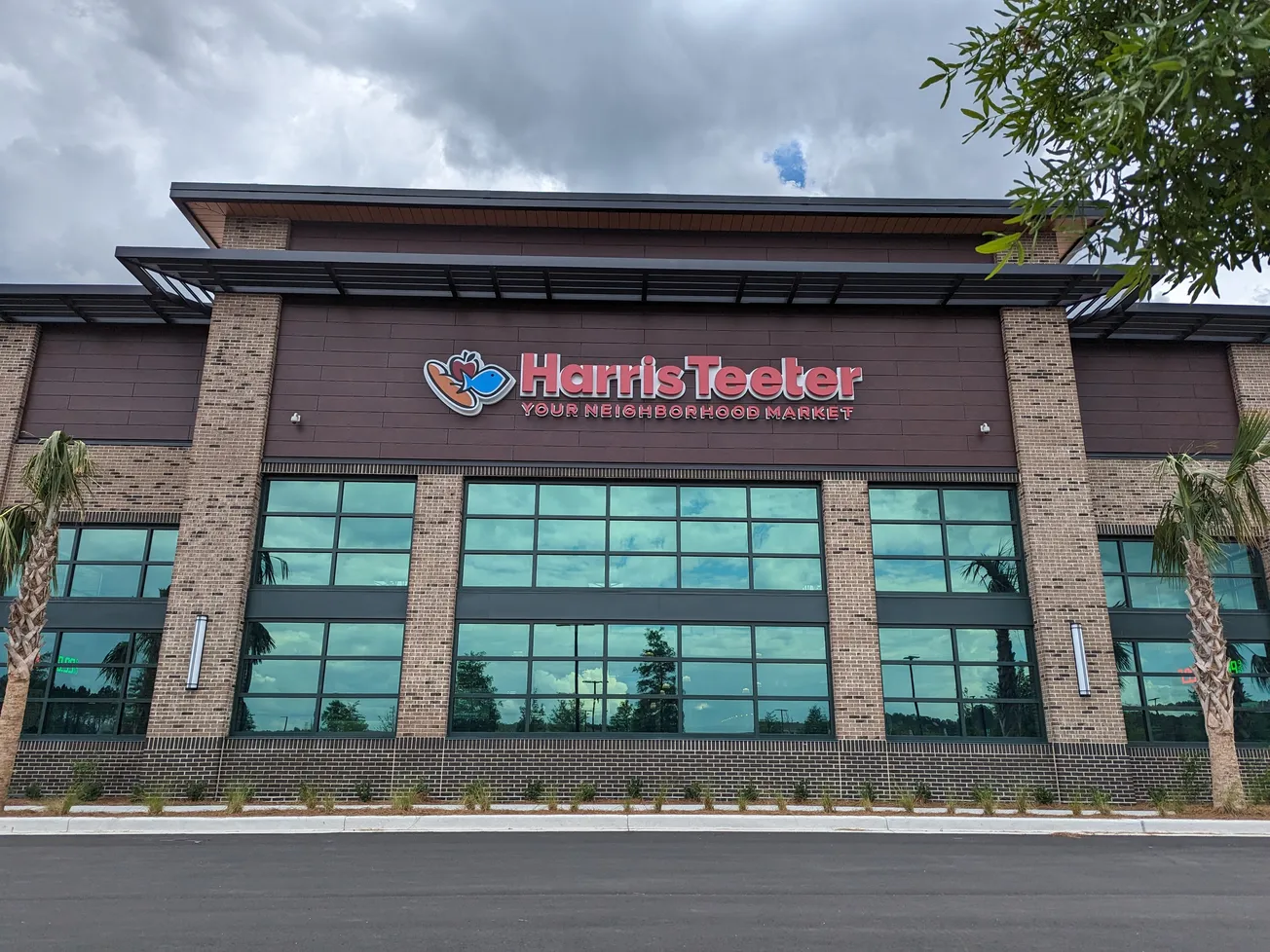It’s no secret that the supply chain still faces challenges stemming from the COVID-19 pandemic. Even with the public health emergency declared over in May, some supply chain disruptions persist. Thankfully, improved pharmaceutical distribution and transportation solutions can lessen that burden.

Joel Wayment
Across the pharmaceutical industry the goal has been to reduce costs, improve efficiency and optimize the use of resources. Already hampered by inflation and drug shortages, pharmacies and manufacturers simply can’t afford additional supply chain issues.
At Cardinal Health, we challenged ourselves to find a better way to move product to the same destinations across our manufacturer partners. This was the catalyst for the launch of the Exclusive Pharmaceutical Transportation Network (EPTN), the nation’s only transportation network dedicated exclusively to pharmaceuticals. The EPTN solves specific supply chain issues that have plagued the pharmaceutical industry, such as warehousing, shipping lanes and risk management related to lost and damaged products. The EPTN is an example of a shared-resource logistics model, where the goal is to prevent less than full truckload shipments and empty backhauls. The success of the EPTN means lower costs and a better overall customer experience.
Similar success with shared-resource logistics models can be found in other industries as well. For example, one year after the launch of the EPTN in 2009, Kimberly-Clark and Colgate agreed in 2010 to share trucking capacity, and by co-loading their freight to the same pharmacy chain, they ultimately cut total truck miles by 10% and fuel haul costs by 18%.
For Cardinal Health, our approach to shared-resource logistics consolidates shipments from different pharmaceutical manufacturers onto shared routes, to offer more efficient shipping lanes to common destinations. Cardinal Health customized 19 routes around often-delivered-to wholesale, specialty and retail locations across each region of the United States.
Of course, different freight types also share common destinations. Other transportation networks typically ship commonly destined ambient and cold chain products in separate trucks or consolidate them into one in coolers and with excess packaging. The EPTN transports as many products as possible at 2° to 8°C without any product stability issues, which eliminates the need for special packaging and handling for cold chain products. Quality monitoring of temperature controls ensures that ambient and cold chain products can travel together safely the entire ride.
Clients who use the EPTN have an estimated total annual savings of $78,598 for clients with a small amount of volume to $355,693 for clients with a large amount of volume.
On-time departure rates remaining at 99.9% and products arriving at their destinations within 48 hours don’t hurt costs or product safety either — essentially expediting the shipping process without the cost of actual “expedited shipping.” More consumers receive products and medications on time with less incurred cost.
This efficiency is all thanks to point-to-point delivery, which greatly reduces the potential for damages and claims or product shortages and losses. Point-to-point delivery means that once loaded, a product remains on the truck with no third-party touches and zero handling until it is unloaded at its final destination.
The pharmaceutical industry loses billions of dollars every year due to pharmaceutical product shipments that are lost or damaged while in transit to patients. As part of a risk management strategy to reduce this cost by ensuring the security of products, trailers and seals are unmarked and products are never left unattended. Contracted team drivers receive thorough and required background checks. Also, the movement of each truck is tracked by GPS on its route from departure to arrival. Lastly, geofencing prevents a truck from going off-route without the carrier being automatically alerted, the driver contacted and, if necessary, law enforcement contacted.
In addition to these safeguards, the industry benefits from the increased impact of corporate sustainability and decreased environmental impact. Shared-resource logistics means fewer trucks on the road and, therefore, a reduction in CO2 emissions. In addition, the temperature-controlled trailers eliminate the need for special or excess packaging and handling, which reduces waste.
Manufacturers in the network have reported an average savings of 10% to 15% in overall transportation costs.
Improving transportation logistics benefits all parts of the pharmaceutical industry and, with the EPTN, a focus on efficiency and sustainability can lower costs for manufacturers, have a positive impact on the environment and improve the customer experience, all with the goal of getting the right product delivered in the right condition at the right time.
Joel Wayment is vice president of operations at Cardinal Health Third Party Logistics.

